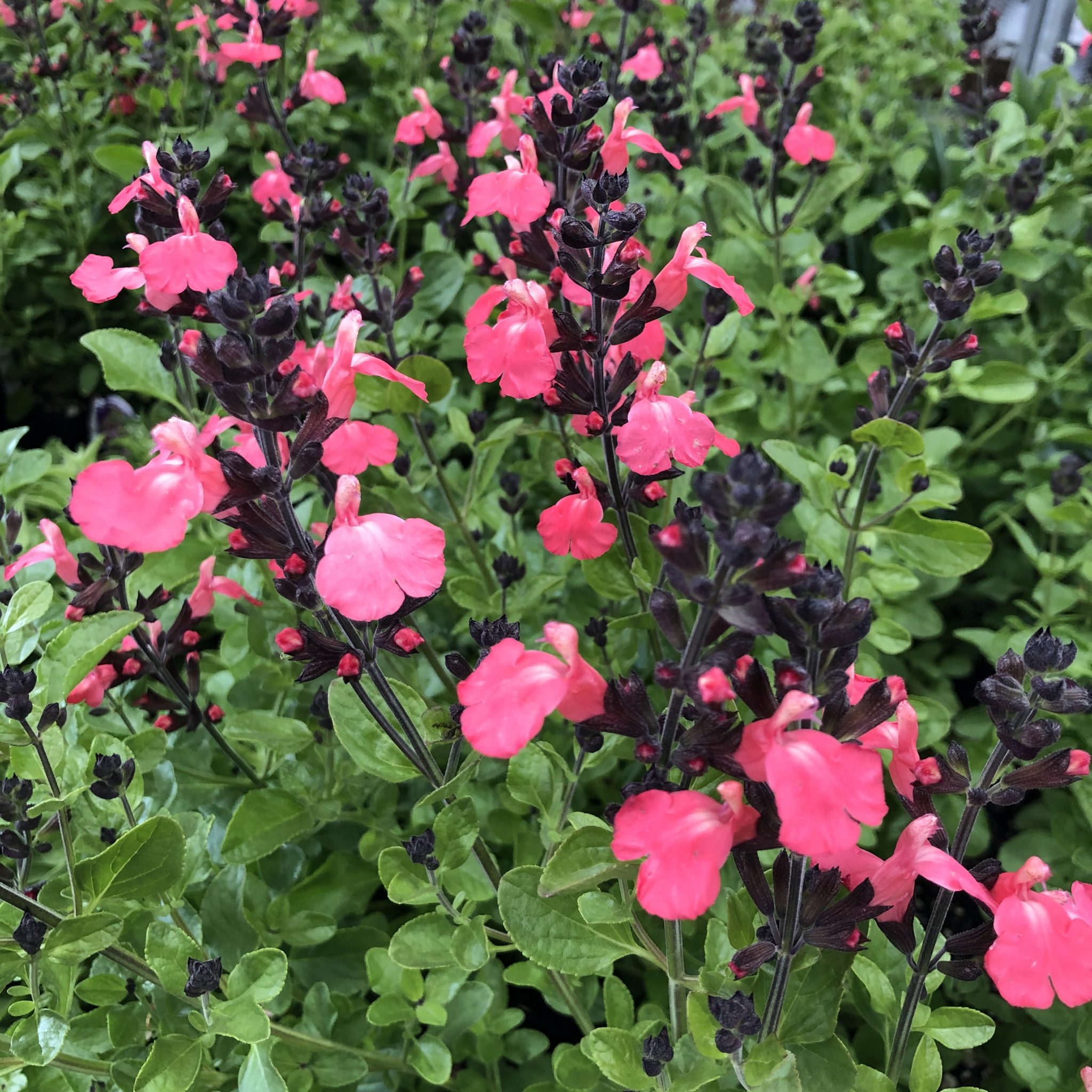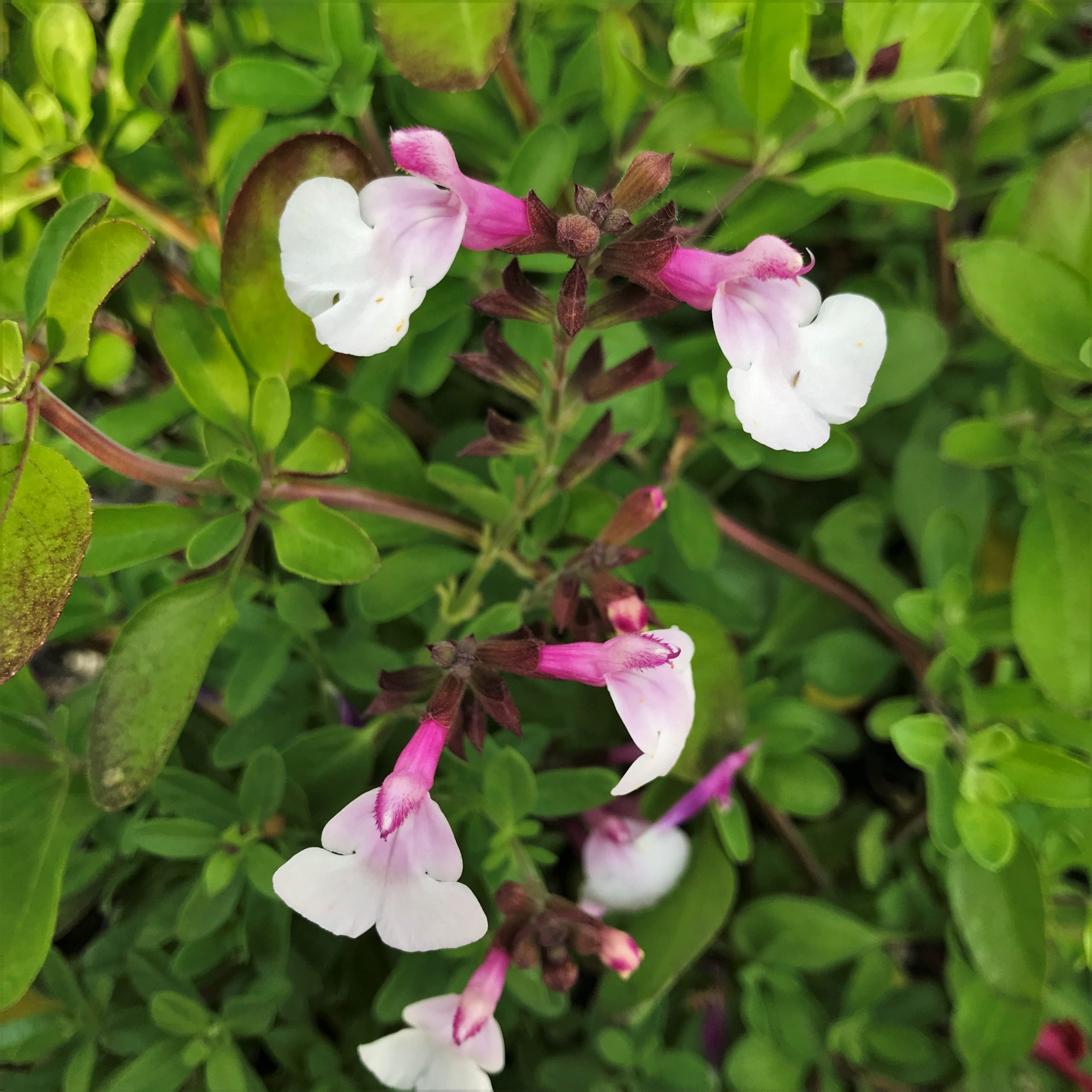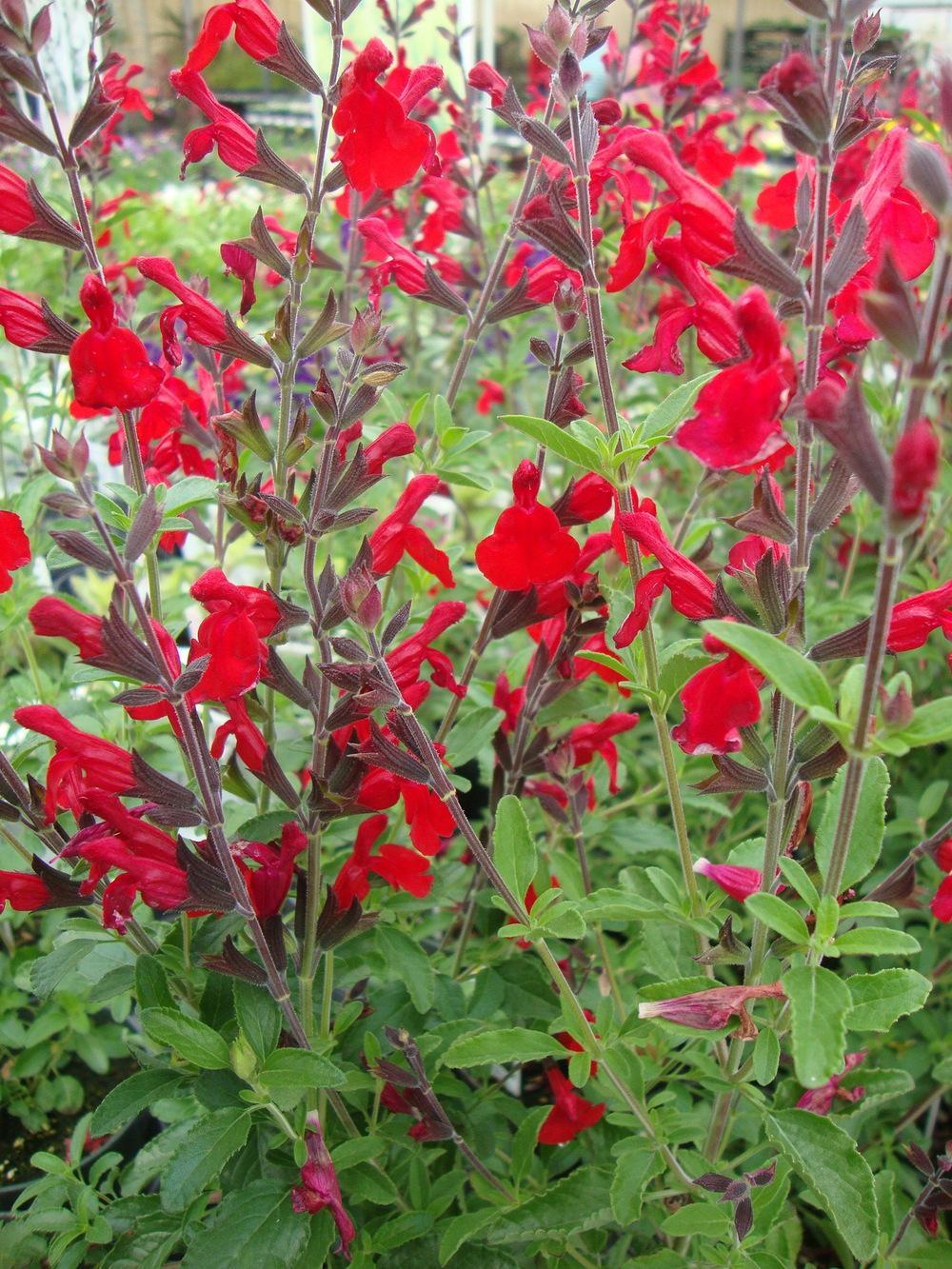

Increase the frequency of watering when it gets hot. Specifically, most experts agree that the Salvia Greggii ‘Furman’S Red’ grows best with watering each week. This is mostly because it has a straightforward watering schedule and somewhat regular watering needs.

In terms of watering, the Furman’s Red Autumn Sage is a fairly simple plant to take care of.
AUTUMN SAGE SALVIA FREE
This is why experts recommend keeping an area of approximately 72″ (180cm) free so the Furman’s Red Autumn Sage can spread to its best extent. These dimensions make the Furman’s Red Autumn Sage a relatively large perennial compared to others, so it’s best to keep this fact in mind since it will affect where you want to keep yours at home. Sizeīut, how big does the Furman’s Red Autumn Sage actually get? What should you expect in terms of size? Let’s dive right in… In terms of size and growth, the Furman’s Red Autumn Sage is a relatively fast grower, which makes things tricky for any plant enthusiast.

With this in mind, the Salvia Greggii ‘Furman’S Red’ will be most used to regions where the plant hardiness level falls between 8b, 8a, 9b, 9a, 10b, 10a.
AUTUMN SAGE SALVIA HOW TO
Well, if you know where your plant originally came from, you’ll know which environment conditions it prefers, and with it, knowledge on how to replicate it at home. You might be wondering why your Furman’s Red Autumn Sage’s native region is important. The Furman’s Red Autumn Sage is a plant native to the South America. In botanical terms, the Furman’s Red Autumn Sage belongs to the Lamiaceae family, and the genus Salvia, hence its scientific (or botanical) name Salvia Greggii ‘Furman’S Red’ (SAL-via gregg-EYE).Īs with other Salvia’s, the Furman’s Red Autumn Sage is an evergreen plant, which means it will be present year round in your garden.
AUTUMN SAGE SALVIA FULL


 0 kommentar(er)
0 kommentar(er)
